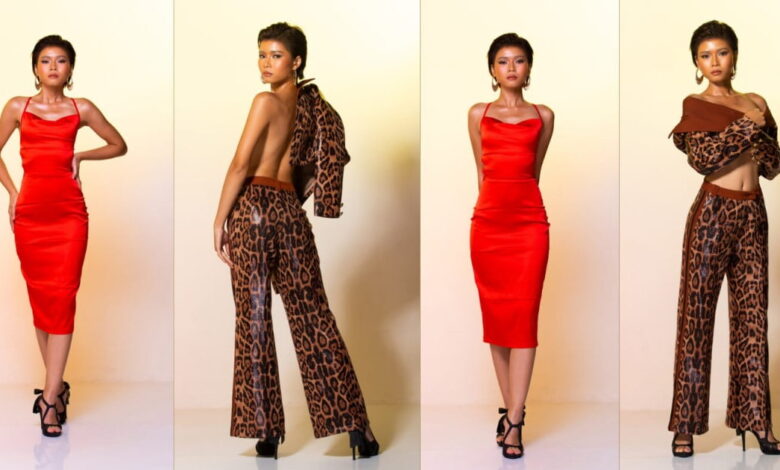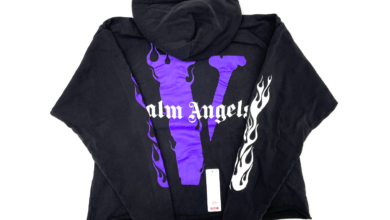Can Fashion Be Both Trendy and Responsible? A Look at the Shift in Values

Fashion has always been a reflection of the times. It captures cultural movements, celebrates individuality, and responds to society’s evolving values. But in recent years, a critical question has surfaced in conversations among designers, consumers, and brands alike: Can fashion be both trendy and responsible? The answer, increasingly, is yes.
The Rise of Conscious Consumers
Today’s shoppers are more informed and values-driven than ever before. With growing awareness about environmental impact, ethical labor practices, and waste reduction, consumers no longer buy into fashion for looks alone. They want to know where their clothes come from, who made them, and how sustainable the materials are.
This shift is encouraging brands to reimagine their business models. Fast fashion giants have faced criticism for fueling overconsumption and exploiting cheap labor. In contrast, smaller, more mindful labels are gaining traction by prioritizing transparency and sustainability while still offering stylish collections.
Style Doesn’t Have to Suffer
A common misconception is that responsible fashion lacks creativity or variety. In truth, many designers are proving that ethical choices can enhance, not hinder, creativity. Upcycled fabrics, natural dyes, and locally sourced materials are being used to create pieces that aren’t just unique but also reduce harm to the planet.
For example, fashion brands catering to underserved audiences, such as plus-size women, are focusing on both ethical sourcing and flattering, fashion-forward designs. Whether it’s daywear or wedding outfits for larger ladies, these labels are showing that stylish clothing and responsible practices can absolutely coexist.
From Trend-Driven to Timeless
One of the most impactful changes in fashion is the shift from trend-chasing to investing in timeless, versatile pieces. The “buy less, choose well” mantra, popularized by designer Vivienne Westwood, resonates with a generation that is increasingly rejecting disposable clothing.
Consumers are now gravitating toward capsule wardrobes, neutral palettes, and high-quality garments that can be worn across multiple seasons. Not only does this reduce waste, but it also encourages people to develop a more intentional relationship with their personal style.
Brands Leading the Way
Several brands, both established and emerging, are spearheading this movement. They’re incorporating recycled materials, minimizing packaging waste, and implementing fair labor practices. Certifications like Fair Trade, GOTS (Global Organic Textile Standard), and B Corp status have become benchmarks for consumers looking to support ethical fashion.
Moreover, some companies are embracing rental and resale models. Apps and platforms that facilitate second-hand shopping or clothes-swapping events are making sustainable fashion more accessible and affordable.
A Shared Responsibility
The future of fashion depends on collaboration—between designers, manufacturers, retailers, and consumers. While brands have a responsibility to clean up their supply chains, consumers also play a vital role by choosing thoughtfully, taking care of their clothes, and advocating for better industry standards.
Fashion can indeed be both trendy and responsible. It starts with shifting values and continues through collective action. With greater awareness and a little effort, we can all play a part in shaping a more stylish and sustainable future.



